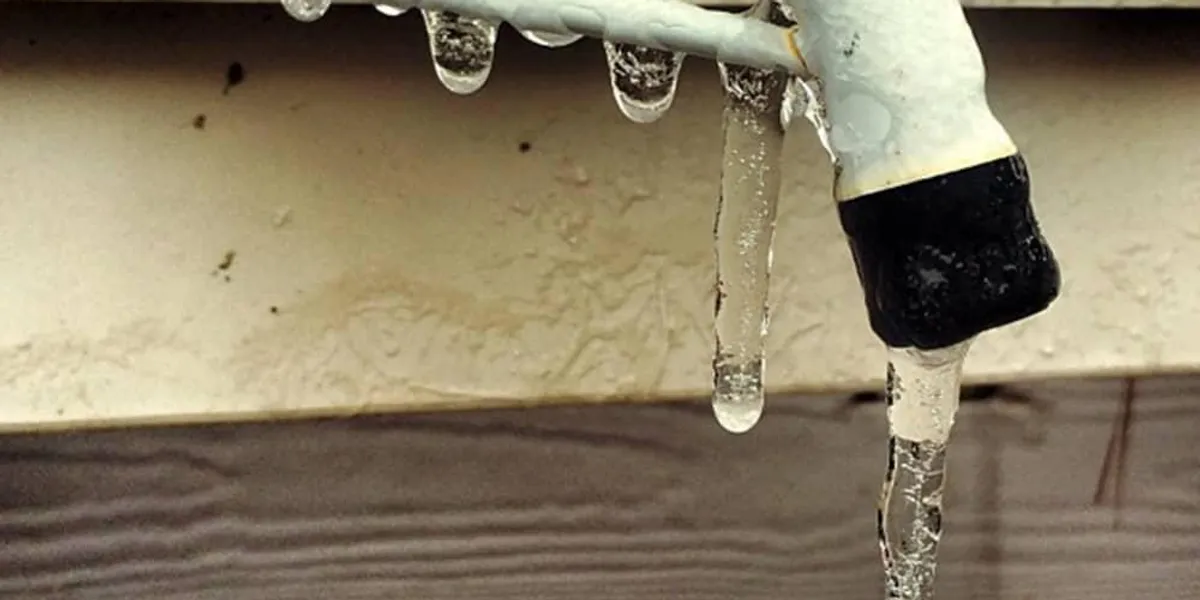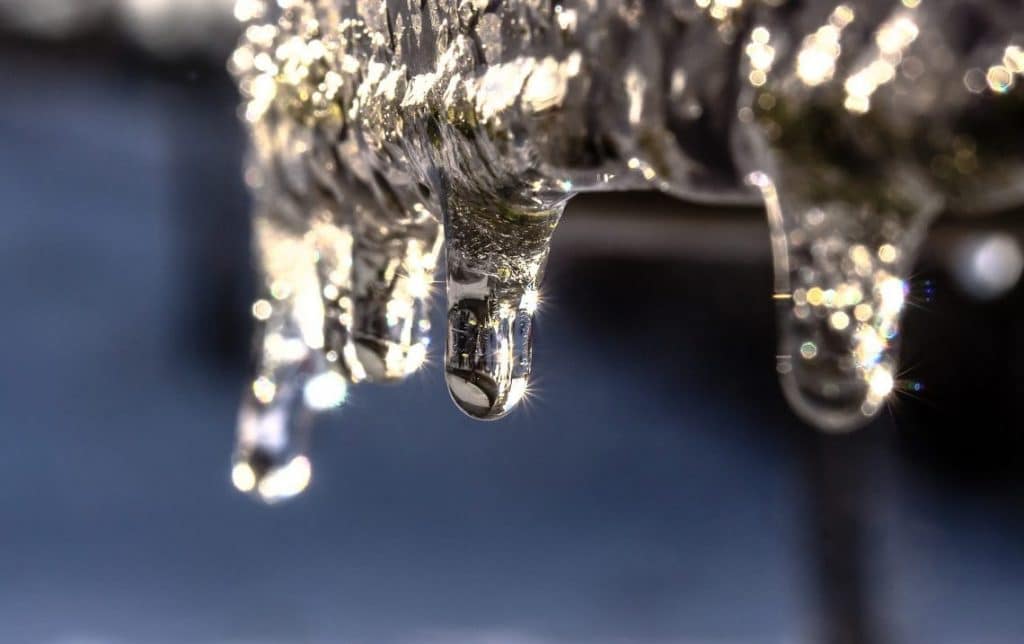Protect Against Frozen Pipes in Winter: Expert Strategies
Protect Against Frozen Pipes in Winter: Expert Strategies
Blog Article
This great article on the next paragraphs involving How to Prevent Your Pipes From Freezing is especially informative. Read it for your own benefit and figure out what you think about it.

Winter can ruin your pipes, specifically by freezing pipelines. Right here's exactly how to avoid it from happening and what to do if it does.
Introduction
As temperatures decrease, the threat of icy pipelines rises, possibly resulting in costly repair work and water damages. Recognizing how to prevent icy pipelines is essential for house owners in cold climates.
Prevention Tips
Protecting prone pipes
Wrap pipelines in insulation sleeves or utilize warm tape to protect them from freezing temperatures. Concentrate on pipelines in unheated or exterior locations of the home.
Home heating techniques
Maintain indoor areas adequately heated up, especially locations with plumbing. Open up closet doors to enable cozy air to flow around pipelines under sinks.
Just how to determine frozen pipelines
Seek reduced water flow from taps, unusual odors or noises from pipelines, and noticeable frost on revealed pipelines.
Long-Term Solutions
Structural changes
Consider rerouting pipelines far from exterior walls or unheated locations. Add extra insulation to attic rooms, cellars, and crawl spaces.
Updating insulation
Buy high-grade insulation for pipelines, attic rooms, and wall surfaces. Appropriate insulation assists keep consistent temperature levels and lowers the danger of frozen pipelines.
Securing Outside Pipes
Yard hose pipes and outside faucets
Detach and drain garden hoses before winter. Install frost-proof spigots or cover exterior taps with insulated caps.
Comprehending Frozen Pipelines
What creates pipes to ice up?
Pipes freeze when revealed to temperatures below 32 ° F (0 ° C) for prolonged durations. As water inside the pipes ices up, it expands, putting pressure on the pipe wall surfaces and possibly causing them to burst.
Dangers and damages
Frozen pipelines can bring about supply of water interruptions, residential or commercial property damage, and expensive repair work. Burst pipes can flood homes and cause extensive architectural damages.
Indications of Frozen Pipeline
Determining frozen pipelines early can avoid them from rupturing.
What to Do If Your Pipes Freeze
Immediate activities to take
If you presume frozen pipelines, maintain faucets open up to eliminate pressure as the ice thaws. Utilize a hairdryer or towels soaked in warm water to thaw pipes gradually.
Conclusion
Protecting against frozen pipelines needs aggressive steps and fast reactions. By recognizing the causes, indicators, and safety nets, property owners can shield their pipes during cold weather.
5 Ways to Prevent Frozen Pipes
Drain Outdoor Faucets and Disconnect Hoses
First, close the shut-off valve that controls the flow of water in the pipe to your outdoor faucet. Then, head outside to disconnect and drain your hose and open the outdoor faucet to allow the water to completely drain out of the line. Turn off the faucet when done. Finally, head back to the shut-off valve and drain the remaining water inside the pipe into a bucket or container. Additionally, if you have a home irrigation system, you should consider hiring an expert to clear the system of water each year.
Insulate Pipes
One of the best and most cost-effective methods for preventing frozen water pipes is to wrap your pipes with insulation. This is especially important for areas in your home that aren’t exposed to heat, such as an attic. We suggest using foam sleeves, which can typically be found at your local hardware store.
Keep Heat Running at 65
Your pipes are located inside your walls, and the temperature there is much colder than the rest of the house. To prevent your pipes from freezing, The Insurance Information Institute suggests that you keep your home heated to at least 65 degrees, even when traveling. You may want to invest in smart devices that can keep an eye on the temperature in your home while you’re away.
Leave Water Dripping
Moving water — even a small trickle — can prevent ice from forming inside your pipes. When freezing temps are imminent, start a drip of water from all faucets that serve exposed pipes. Leaving a few faucets running will also help relieve pressure inside the pipes and help prevent a rupture if the water inside freezes.
Open Cupboard Doors
Warm your kitchen and bathroom pipes by opening cupboards and vanities. You should also leave your interior doors ajar to help warm air circulate evenly throughout your home.

We had been shown that article on How to Prevent Your Pipes From Freezing through a pal on a different web address. Enjoyed our write-up? Please share it. Let somebody else discover it. Many thanks for taking the time to read it.
Set An Appointment Report this page